|
It’s summer and weather permitting, spending time outdoors is heavenly after sheltering in place for so many months. Reading a good book, gardening, playing lawn games, swimming or chilling with family and close friends is just what we need. For many of us, our backyards are where we will be spending our summer vacation. So, let’s make the most of it! Whether you’re firing up the grill or cooking indoors, here are some lovely red wines to sip while dining. In warm weather, one tends to reach for chilled white, rose or sparkling wines. I’ve never thought of wine as seasonal and tend to drink a variety of styles all year long. And, sipping red wine with grilled steak or seared tuna during the summer months is more than acceptable and shouldn’t be dismissed! These are five note-worthy and summer-friendly red wines to satisfy your palate. Fontanafredda Briccotondo Barbera Piemonte DOC 2018 Fontanafredda, whose origins date back to 1858, is a 305-acre estate located in the Langhe region of Piedmont, Italy. 250 acres of vineyards spread throughout Serralunga d’Alba, which is a cru site of Barolo. Additional properties are situated in the communes of Barolo and Diano d’Alba. Fontanafredda is the largest contiguous wine estate in the Langhe. In 2009, Piedmont native Oscar Farinetti bought Fontanafredda and with this new ownership, sustainability became a special focus. Today, Fontanafredda is the largest certified organic company in Piedmont, beginning with the 2018 harvest. This is 100% Barbera harvested from vineyards across Monferrato and Langhe. It is aged partly in new Allier oak barrels and partly in large Slavonian oak casks for six months. Perfume scents mingle with dark berries, plum, cherry and spice. These aromas segue onto the palate with sweet blackberries, sour cherry, pepper, anise and a hint of baking spice. Supple tannins and bright acidity make this wine an easy-drinking addition to grilled meat, fowl, cheese and pizza! Alcohol: 13.5% SRP: $16 Bottega Vinaia Pinot Noir Trentino DOC 2017 Anselmo Martini is the lead winemaker for Cavit Winery located in northern Italy, in the province of Trentino. They have been producing wines for more than 50 years. In the 1990s, Martini realized the potential for a handful of exceptional vineyards in the Trentino region. These family-farmed vineyards are the source of Bottega Vinaia estate-bottled wines that express the Trentino terroir. This wine is 100% Pinot Noir. “After traditional fermentation, the juice macerates for eight days to extract color and body from the skins. Malolactic fermentation is then carried out in wood for increased aromatics.” Lovely aromas of floral, cherry, cranberry and spice lead to a palate of cherry, pomegranate, red plum and spice. It is dry, light-bodied, has silky tannins and is nicely balanced with the fruit. Pair with red meat, poultry, appetizers and salads. Alcohol: 13% SRP: $17.99 Salentein Reserve Malbec 2018 Bodegas Salentein is located in the Uco Valley of Mendoza, Argentina. Many of their vineyards are situated at some of the highest elevations in the world. This privately-owned estate was established in the late 1990s and boasts almost 5000 acres of which 1,124 acres are planted to vine. The grapes for this 100% Malbec are hand-harvested from vineyards of 1,110 to 1,300 meters above sea level. The wine is aged for 12 months in French oak barrels. It opens with delicious aromas of violet, dark berries, plum and tobacco. The palate offers lush fruit flavors of dark cherry, blackberry, dark plum and a touch of baking spice and vanilla. This wine is well structured, has soft tannins and will pair beautifully with grilled meat and poultry, hearty pasta and aged cheese. Alcohol: 14.5% SRP: $18.99 Rocca delle Macìe Chianti Classico Riserva DOCG 2016 The estate of Rocca delle Macìe is nestled in the gently rolling hills of Tuscany in the heart of the Chianti Classico zone. This is a family-run estate that was purchased by the late Italo Zingarelli in 1973. At the time of purchase, there were only two acres out of 230 acres under vine. Today, the family has six estates throughout Tuscany comprised of 1500 acres with a total of more than 500 acres under vine. This is a blend of 90% Sangiovese, 5% Cabernet Sauvignon and 5% Merlot. It is aged for two years in French oak and then rests for three months in bottle. Intense aromas of dark berries, dark cherry, plum and spice lead to a layered palate of rich fruit, anise, earth and spice. Fine tannins and good structure make this a noteworthy and expressive wine and a perfect choice for grilled meat, game, seared tuna and aged cheese. The winemaker suggests decanting for one hour before serving and serve at room temperature. Alcohol: 14.5% SRP: $27.99 Château Greysac Médoc Cru Bourgeois 2015 Château Greysac is located in the Médoc hamlet of Begadan, north of St. Estephe, in the Bordeaux wine region of France. It was built in the 1700s and passed ownership a few times while consistently paying homage to the terroir, winemaking and making improvements. Jean Guyon, the owner of Domaine Rollan de By, purchased Château Greysac in 2012. The vineyard sits on 150 acres with vines that are 20+ years old. This is a beautiful blend of 65% Merlot, 29% Cabernet Sauvignon, 3% Cabernet Franc, and 3% Petit Verdot. It is aged for 12 months: 50% in new barrels and 50% in used wine barrels, all 100% French oak. It opens with heady floral aromas, dark berries, spice, and a touch of earth. An explosion of dark, rich fruit entertains the palate with dollops of spice, herbs, earth, tobacco and fine tannins with the bonus of a lengthy finish. It is expressive with structure and sophistication. Put aside a few bottles and open again in a few years. It is a great wine to pair with grilled meat, poultry, hearty fish and aged cheese.
Alcohol: 13.5% SRP: $29.99 Impressive…right? (don’t walk…run to a store to buy a case!) Most of the above wines can be served slightly chilled. Don’t chill beyond 30 minutes or the wine might get dull and lose character. I hope this entices you to reach for red wine the next time you fire up the grill or pack a picnic meal. Until next time… Cheers! Penina To leave a comment or if you have an inquiry, please contact me at [email protected] While visiting Asti in the Piedmont region of Italy a few months ago, I spent an afternoon at a walk-around tasting of the ASTI DOCG wines. One of the tables that I stopped by was Fontanafredda where I met the delightful Chiara Destefanis, Communications Director for the estate, who poured a variety of delicious sparkling wines for me to try. Little did I know that just a short six weeks later I would be sitting across the table from Chiara at a winemaker’s luncheon in New York! Only this time the emphasis was on Fontanafredda Barolo wines. Giorgio Lavagna, Fontanafredda’s lead winemaker was there as well to guide us through an impressive tasting of current releases and a few library treats dating back over 20 years. Fontanafredda estate is located in the Langhe region of Piedmont, Italy. It all began with a love story. In 1858 King Vittorio Emanuele II bought the Fontanafredda estate as a gift for his beloved and favorite mistress, Rosa Vercellana aka “La bela Rosin”. They had two children together, who eventually inherited the estate, Maria Vittoria and Emanuele Alberto, Count of Mirafiori and Fontanafredda. In 1866, the king bought the first vineyard of Barolo and by 1870 winemaking began in the cellars of Fontanafredda using the indigenous grapes Dolcetto, Barbera and Nebbiolo. The king’s son Count Emanuele Alberto of Mirafiori turned the estate into a full commercial winery with over 741 acres of wine vineyards. Fontanafredda released their first Nebbiolo labeled as Barolo with the 1878 vintage, the same year that the king passed away. The count is credited with making Barolo legendary and turning Fontanafredda into a village, complete with a church and school. After the count’s passing in 1894, his second son, Gastone took over. Unfortunately, Phylloxera, several wars and the economic depression took a toll on the wine business. A bank bought the estate and cellar, and the brand was sold to the Gancia family in 1931. It wasn’t until 2009 that Fontanafredda was sold to Piedmont native, Oscar Farinetti and Luca Baffigo Filangieri. The 250-acre estate is in Serralunga d’Alba, which is a cru site of Barolo, and it is the largest contiguous wine estate in the Langhe. With the new ownership in 2009, sustainability became a special focus and today Fontanafredda is the largest certified organic company in Piedmont, beginning with the 2018 harvest. The climate is typically continental in the Langhe with rain usually arriving in the spring and fall. Rainfall amounts vary and can be a large determinant in the diversity of the harvest from one year to the next. Soil here is mainly calcareous, but composition can change every 10 meters or so with more sand or higher content of loam and clay. Our tasting began with 2012 Alta Langa DOCG Contessa Rosa Rosé Sparkling wine with the addition of Barolo 1967! This wine is named after the king’s mistress, Countess Rosa Vercellana. It is an aromatic and fresh wine with berries, a hint of herbs, fine bubbles and balanced acidity. Giorgio said, “The Barolo is added to the wine to give smoothness”. Barolo DOCG Del Comune Di Serralunga D’Alba 2015 This is the first single-village Barolo ever produced since 1988. Giorgio said, “the soil in Serralunga has a strong influence, helping to produce grapes with strong tannins and high acidity, making the wine more age-worthy. 2015 was a very good vintage.” This wine is velvety even with the pronounced tannins. It has great structure and balance and the fruit is lush with cherry and spice. Barolo DOCG Fontanafredda 2013 This wine is considered an “old-style” vintage with aging in oak casks for two years and then 12 months in the bottle. (This is minimum aging allowed for the DOCG) It has lots of spice, red fruit, tart cherry and silky tannins. It is quite expressive and has a lengthy finish. Barolo DOCG Vigna La Rosa 2011 and 1996 No one really knows if this 20-acre vineyard is named after the king’s love for Countess Rosa or a tribute to the wild roses that grow on the top of the hills. I’d like to think that it is named after the countess. After all, it is one of the most prestigious vineyards on the estate. It is a perfect scenario for growing grapes with a landscape in the form of an amphitheater and rows of vines facing south and southwest, capturing the heat and helping the grapes to ripen. The soil also contributes with its rich mixture of sand, limestone and blue marl of Serralunga. All of this results in exquisite Barolos with floral aromas, fine tannins and balanced acidity. The 2011 vintage is complex with a rich palate of dark berries, spice, soft tannins and a long finish. Sergio called the 1996 vintage, “old-style Barolo that is dark and brooding”. Although the aromas were leaning toward stewed fruit such as plum and cherry, along with sweet spice and forest, the palate was surprisingly rich with traces of dark cherry, plum and herbs. The finish was long and impressive. Barolo 2010 Riserva and 2000 Riserva Barolo Riserva is only made in exceptional years and comes exclusively from Fontanafredda’s estate vineyards within the communes of Serralunga d’Alba and Barolo. To be considered a Riserva, the wine must age for five years, three years in the barrel and two years in the bottle before its release. Giorgio said, “A minimum aging of three years in barrel is required for Riserva wine, but sometimes even five years is not enough. The wines need to express themselves, and only time can do that.” Barolo Riserva 2010 has enticing aromas of red berries, cherry and spice. The palate is layered with dark berries, plum, sour cherry, spice and silky tannins. Riserva 2000 aromas are softer with very ripe (almost overripe fruit) and spice. The palate shows softer fruit and less spice than the 2010 vintage. There are hints of sour cherry and anise with a silky mouthfeel and long finish. As we sipped and ate lunch, Giorgio reminisced about Barolo winemaking in the 1970s. “I didn’t produce wine in the 70s, I just tasted it. Everything was by chance and depended on the moon phase. No studies were being done. In the past, farmers and winemakers went on their own paths, each with their own role. There was no communication”. Thankfully, all of that has changed and communication is key between grower and winemaker. They say it takes a village to raise a child. It also takes teamwork and the right climate and soil to produce these expressive and elegant wines!
Until next time… Cheers! Penina To leave a comment or if you have an inquiry, please contact me at [email protected] |
Categories
All
|

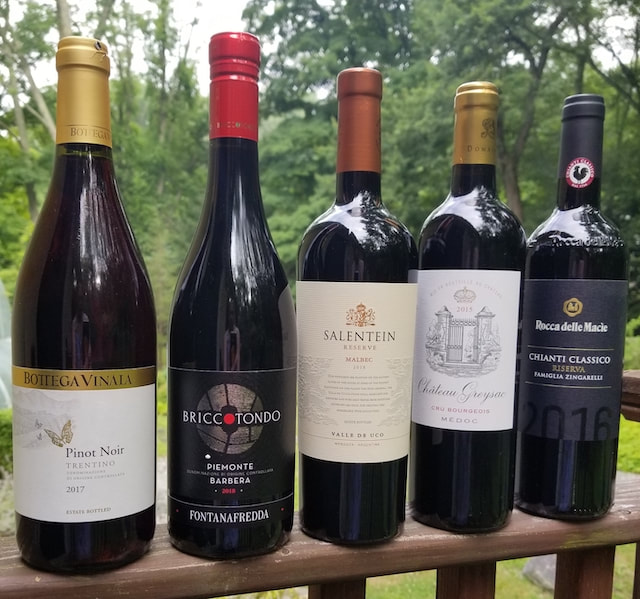
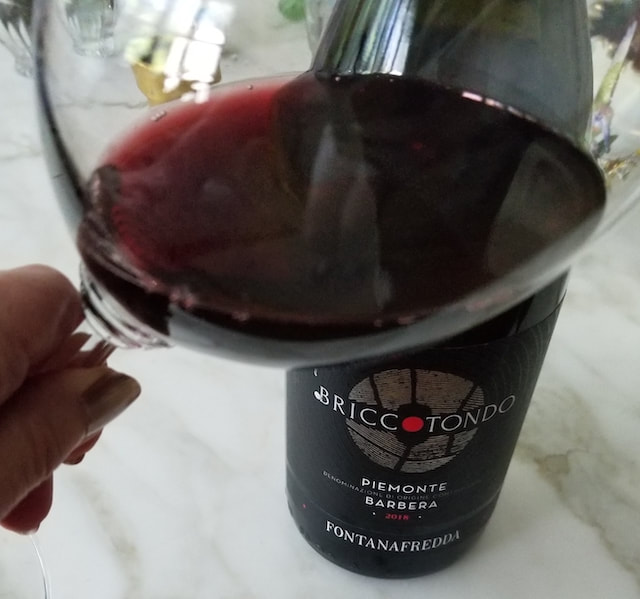
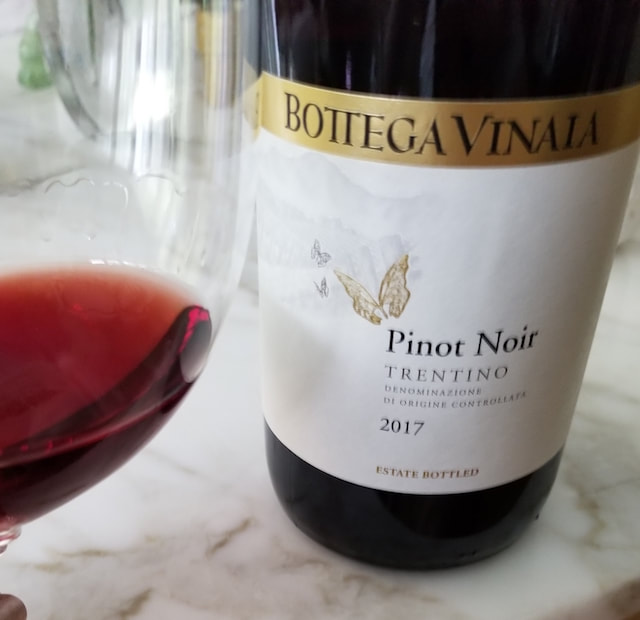
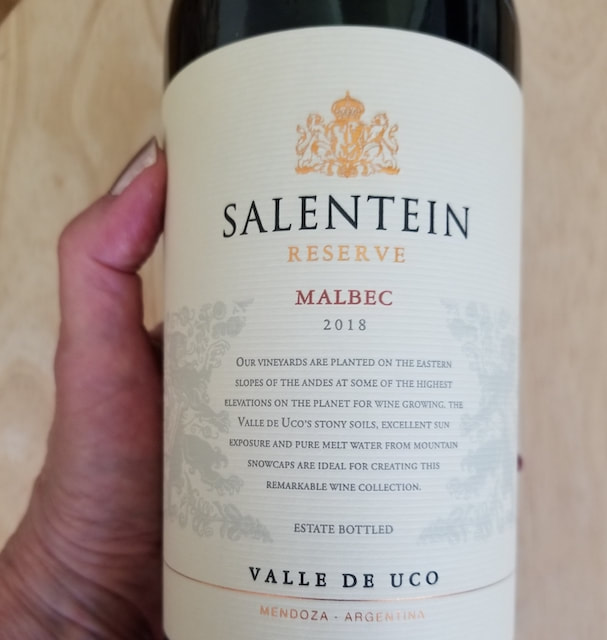
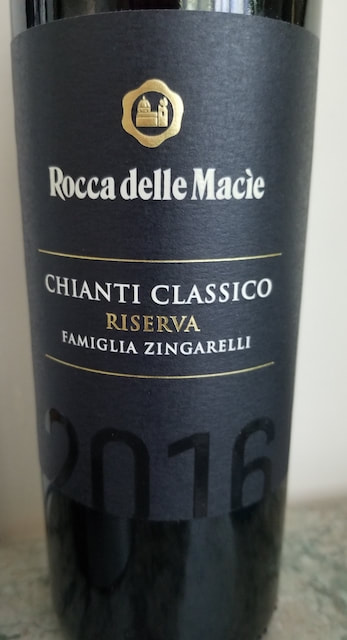
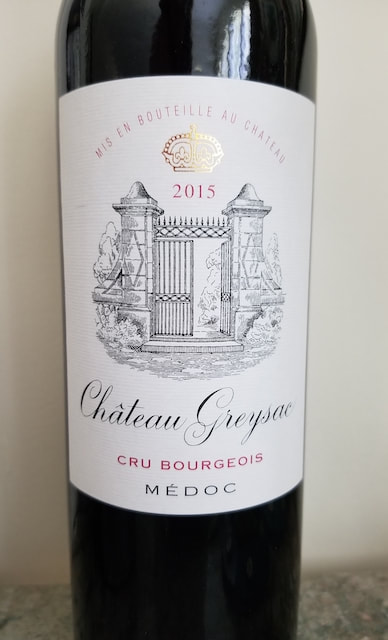
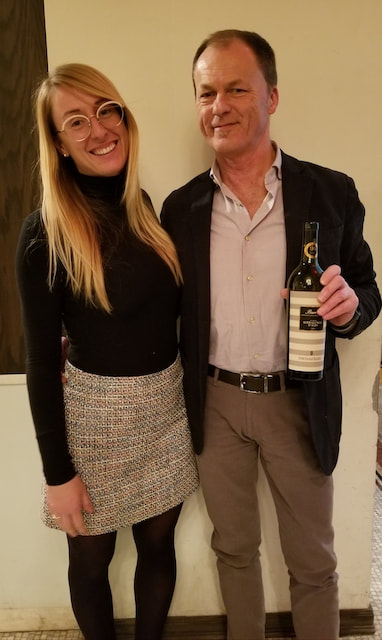
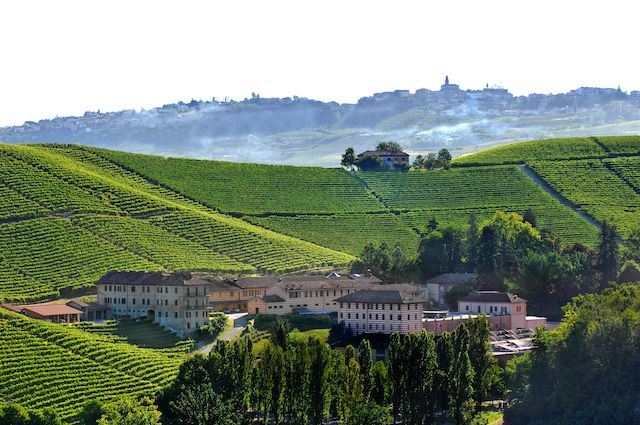
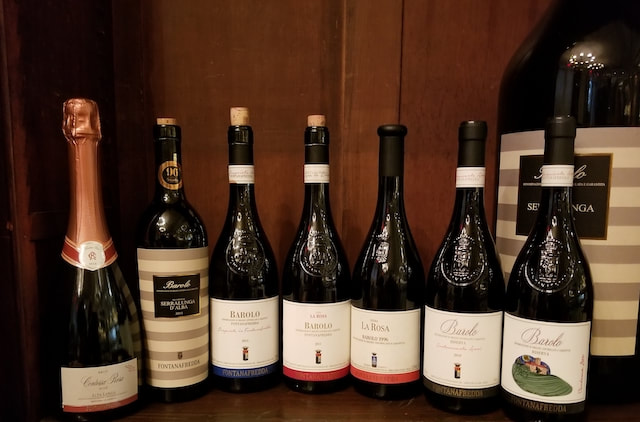
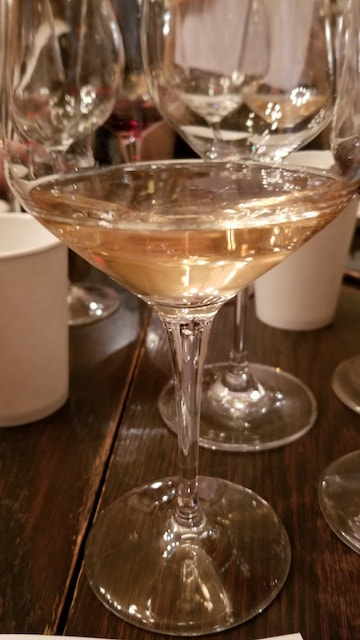
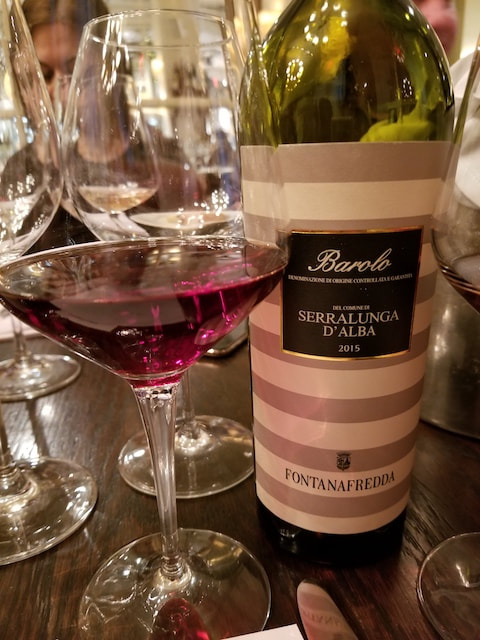
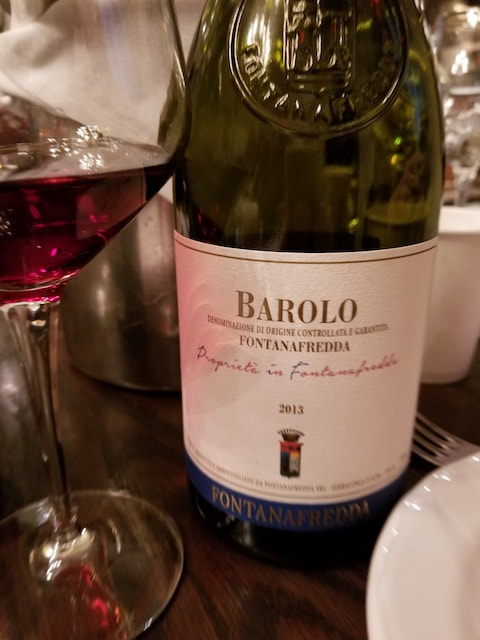
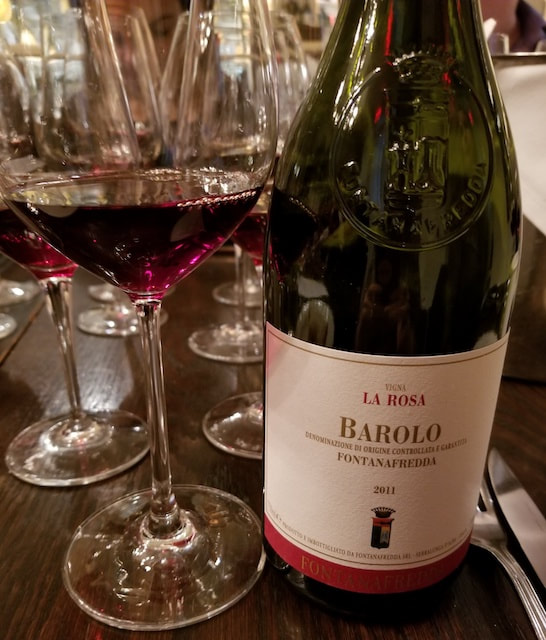
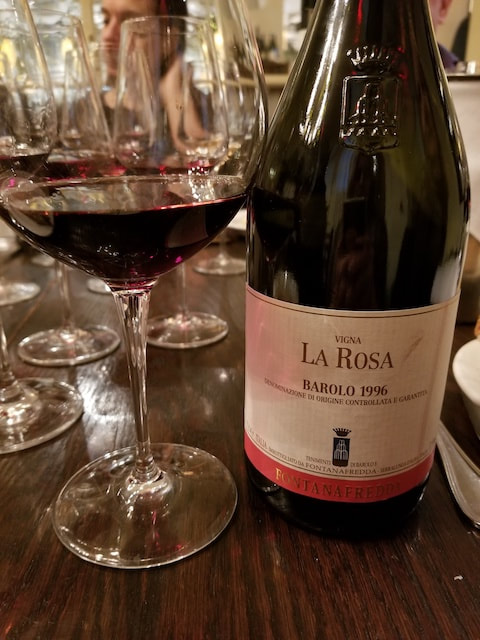
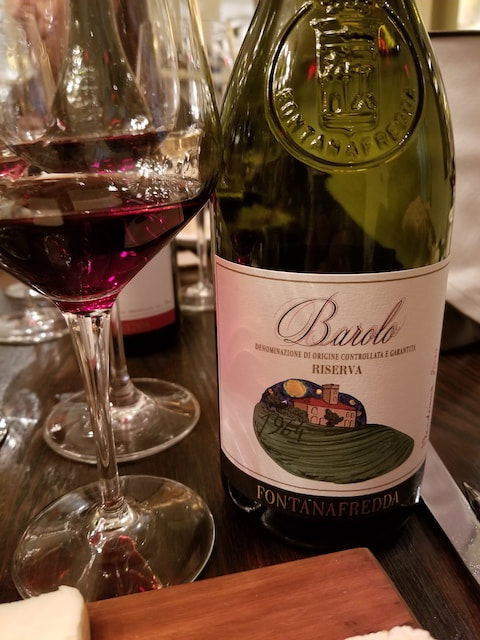
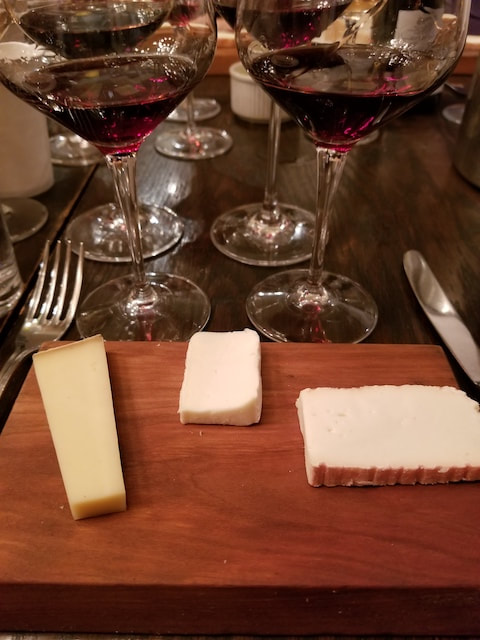
 RSS Feed
RSS Feed